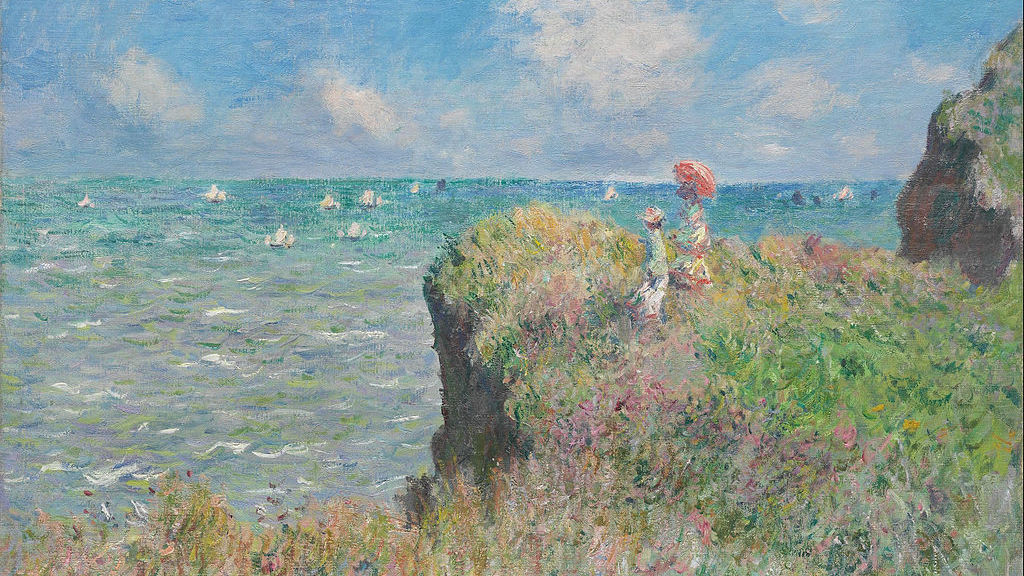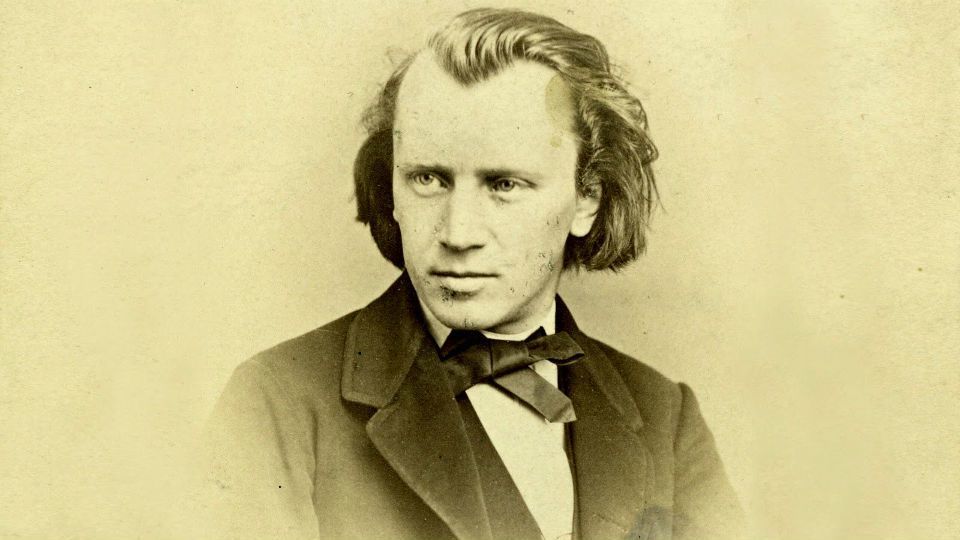Prokofiev’s First Piano Concerto: Enter the Enfant Terrible
Piano Concerto No. 1 in D-flat Major, Op. 10 is music of the audacious, young Sergei Prokofiev. Completed in 1911 when the 22-year-old composer was still a student at the Saint Petersburg Conservatory, the Concerto’s brash, spirited energy elicited strong public reactions. The August 7, 1912 premiere in Moscow marked Prokofiev’s first appearance with an orchestra and showcased his dazzling keyboard virtuosity. In a letter, Prokofiev recalled that “the outward success was …







